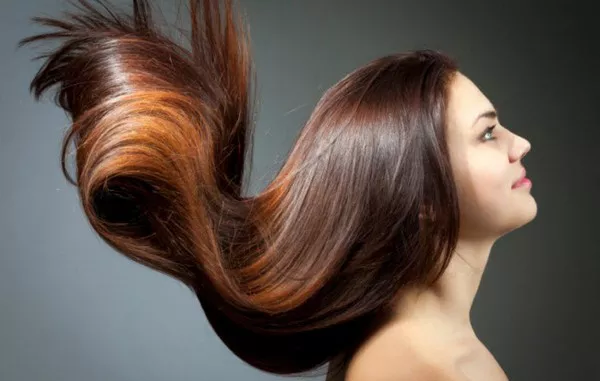Maintaining a regular haircut schedule is essential for keeping your hair healthy and looking its best. However, the frequency of haircuts can vary depending on your hair type, style, and personal preferences. In this article, we’ll explore how often you should get a haircut based on different factors, along with tips for maintaining your hair between cuts.
1. Hair Growth Rate
The rate at which your hair grows can vary depending on factors such as age, genetics, and overall health. On average, hair grows about half an inch per month or about six inches per year.
2. Hair Type
Fine hair: Fine hair may benefit from more frequent haircuts, as the ends can become damaged and thin more quickly.
Thick hair: Thick hair can often go longer between haircuts, as the thickness of the hair provides more protection for the ends.
Curly hair: Curly hair tends to be drier and more prone to breakage, so regular trims every 6-8 weeks can help maintain healthy curls.
Straight hair: Straight hair may show split ends more prominently, so regular trims every 8-12 weeks can help keep the ends looking neat.
3. Hairstyle
Short hair: Short hairstyles often require more frequent maintenance to keep the style looking sharp, with cuts every 4-6 weeks recommended.
Long hair: Longer hairstyles can typically go longer between cuts, with cuts every 8-12 weeks recommended to maintain the health and shape of the hair.
4. Personal Preference
Some people prefer to keep their hair shorter and more styled, while others prefer longer, more natural styles. Your personal preference will also play a role in how often you should get a haircut.
5. Signs That You Need a Haircut
Split ends: If you notice split ends or fraying at the ends of your hair, it may be time for a trim.
Lack of style: If your hair is difficult to style or lacks volume, it may be a sign that it’s time for a haircut.
Overgrown style: If your hairstyle has lost its shape or has grown out significantly, it’s a good indicator that you need a haircut.
6. Tips for Maintaining Your Hair Between Haircuts
Use a good quality shampoo and conditioner to keep your hair healthy and hydrated. Use heat protectant products when styling your hair with heat tools to prevent damage. Avoid over-washing your hair, as this can strip it of natural oils and lead to dryness.
Conclusion
The frequency of haircuts varies depending on factors such as hair type, style, and personal preference. By understanding these factors and paying attention to the signs that your hair needs a haircut, you can maintain healthy, stylish hair year-round.

